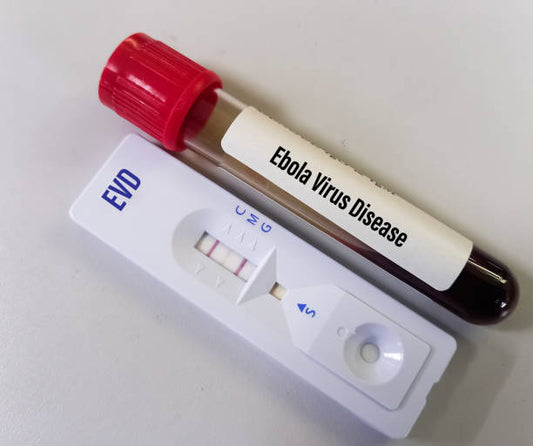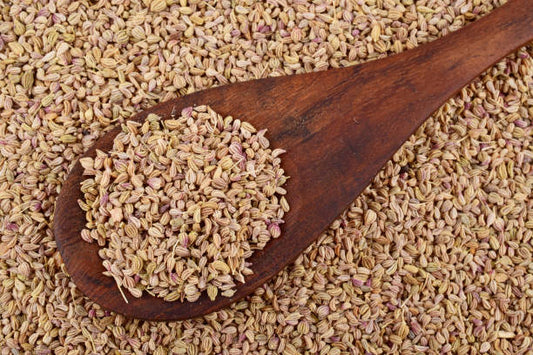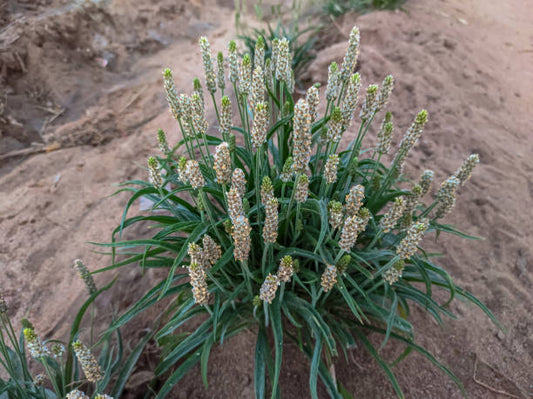Insulin resistance is a condition that affects millions of people worldwide and is often a precursor to type 2 diabetes. It's essential to comprehend how this condition develops and, more importantly, how to prevent it. In this blog, we'll explore the mechanisms behind insulin resistance, its causes, and practical steps to reduce the risk.
What is Insulin Resistance?
Insulin resistance is a metabolic condition where the body's cells become less responsive to the effects of insulin, a hormone produced by the pancreas. Insulin's primary role is to regulate blood sugar (glucose) levels by facilitating the uptake of glucose into cells for energy. When cells become resistant to insulin, glucose remains in the bloodstream, leading to elevated blood sugar levels.
How Does Insulin Resistance Develop?
Several factors contribute to the development of insulin resistance:
-
Obesity: Excess fat, particularly abdominal fat, is a significant contributor. Fat cells release molecules that interfere with insulin signaling.
-
Physical Inactivity: Sedentary lifestyles can lead to weight gain and muscle disuse, both of which increase insulin resistance.
-
Poor Diet: Diets high in sugar, refined carbohydrates, and saturated fats can promote insulin resistance.
-
Genetics: Family history and genetics can play a role in insulin resistance.
-
Hormonal Changes: Conditions like polycystic ovary syndrome (PCOS) and hormonal imbalances can increase the risk.
-
Chronic Inflammation ( Infections that don't go away, abnormal immune reactions to normal tissues, or conditions such as obesity ): Inflammatory substances can impair insulin sensitivity.
Preventing Insulin Resistance:
-
Maintain a Healthy Weight: Achieving and maintaining a healthy weight through a balanced diet and regular physical activity is crucial. Even modest weight loss can improve insulin sensitivity.
-
Exercise Regularly: Engage in both aerobic exercises (like jogging or swimming) and strength training to build muscle, which helps glucose uptake.
-
Eat a Balanced Diet: Focus on whole, unprocessed foods rich in fiber, lean proteins, and healthy fats. Limit sugar and refined carbs.
-
Monitor Portion Sizes: Be mindful of portion sizes to avoid overeating, which can contribute to weight gain.
-
Stay Hydrated: Proper hydration supports metabolic functions, including insulin sensitivity.
-
Manage Stress: Chronic stress can contribute to insulin resistance. Practice stress-reduction techniques like meditation, yoga, or deep breathing exercises.
-
Get Quality Sleep: Aim for 7-9 hours of quality sleep per night. Poor sleep can disrupt hormonal balance.
-
Limit Alcohol: Excessive alcohol consumption can impair insulin function. Consume alcohol in moderation, if at all.
-
Regular Check-ups: Regularly monitor your blood sugar levels and consult a healthcare professional for guidance and early intervention.
Conclusion: Taking Control of Your Health
Insulin resistance is a complex condition influenced by genetics, lifestyle, and environmental factors. While some risk factors may be beyond your control, adopting a healthy lifestyle is the most effective way to prevent or manage insulin resistance. By making informed choices in your diet, physical activity, and stress management, you can take control of your health and reduce the risk of developing this condition or its progression to type 2 diabetes. Remember, small changes can lead to significant improvements in insulin sensitivity and overall well-being.
Author: Nikita Vishnoi BCA
Reviewed by: Dr. Vandana Kesari












